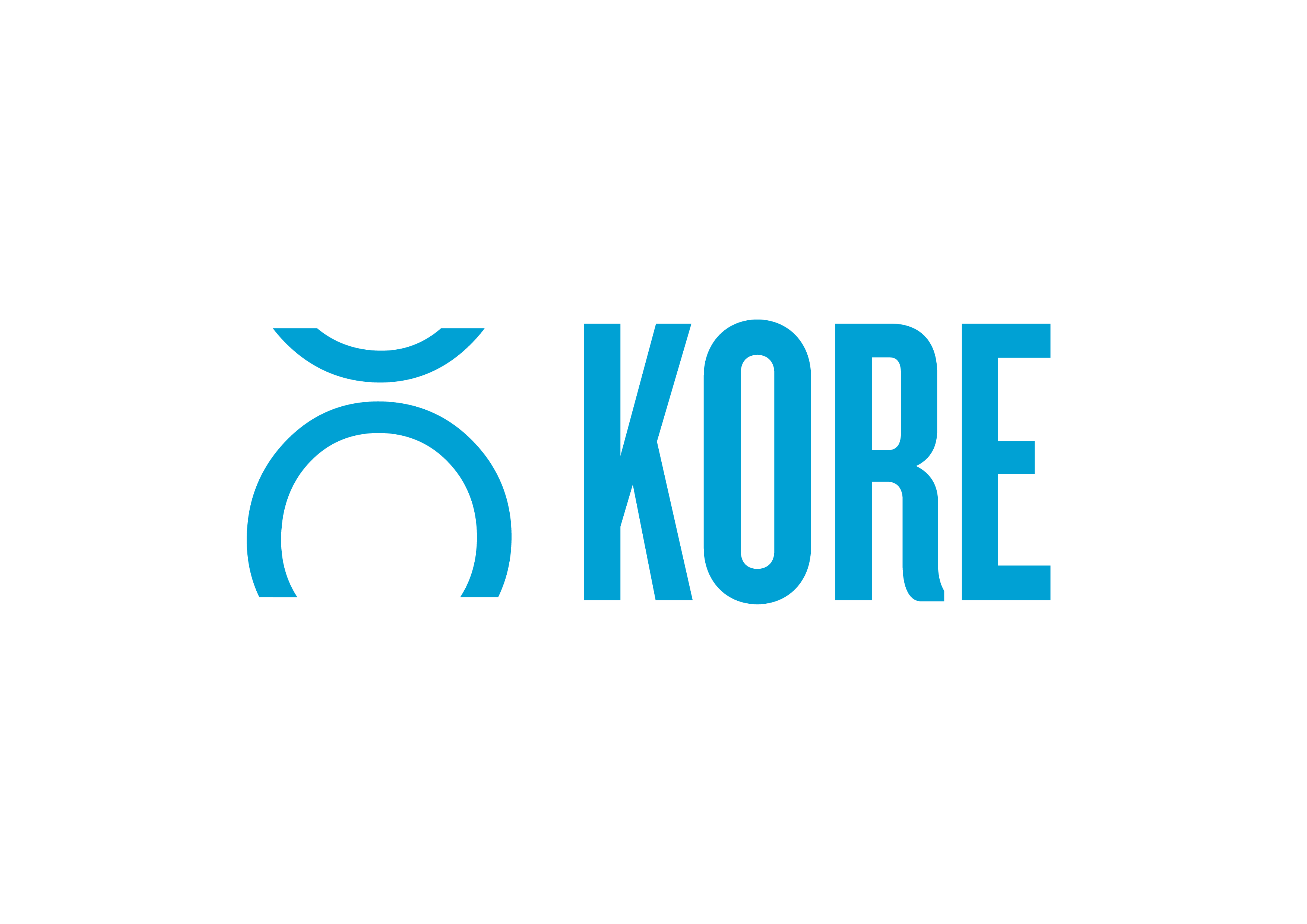We are all busy people. Your calendar is filled with meetings, conference calls, and a to-do list that seems to never end. In the constantly changing landscape of business intelligence, how do we keep up with new technologies and skills while managing our challenging day-to-day work responsibilities?
It seems like an impossible feat, but with some preparation and time you can determine which skills and technologies are most important to you and in what time frame you should accomplish them.
Introducing the Time-Utility Matrix
In our research, we were inspired by this excellent 2018 Harvard Business Review article by Chris Littlewood on the topic of prioritizing data skills but wanted to put our sports and entertainment spin on it.
Having a long wish list of skills and technologies to learn can be daunting. Where do I start? How much time does it take? How useful will it be? One way to help prioritize is to create a time-utility analysis based on the skills you want to learn.
The analysis creates a 2 x 2 matrix based on time and utility. Running left to right is time; this is your best estimate on how long it will take you to master this skill. Running bottom to top is utility; this is the impact or usefulness of the skill on your work, it could be day-to-day impact or long term.

Understanding the Analysis
Home Run (high utility, low time)
Maximum impact with one swing of the bat. A skill that you can master quickly and will have a direct and important impact on your work.
Winning a Marathon (high utility, high time)
Pencil this one for multiple training sessions on your calendar. It will take time to master this skill, but the end result will be worth it.
Dive Up the Middle (low utility, low time)
Have some extra time this week? Work on it when you can, but this one is unlikely to move the chains often so if something more important comes up you can move on.
Bogeying 18 Holes (low utility, high time)
A long day without much to show for it. Re-think this skill’s importance to your daily tasks and send this one to the clubhouse.
Try It Out
Now that we’ve explained the matrix and philosophy behind it, follow these steps to complete the matrix with the skills you want to master.
Step 1: List all the skills you want to master within the next year.
Step 2: Score each skill first by the utility you believe you’ll get from the skills (0-5), and then score the skill by the amount of time (best estimate) it’ll take to learn the skill (0-5).
Step 3: Plot the skills on the matrix based on the scores in step 3.
Step 4: Get to work! You should now have a clear idea of where to start in learning new skills.
Taking a step back and prioritizing your skill building according to the time-utility matrix will give you clarity and confidence as you expand your personal professional skill set.
Today’s post was courtesy of Jordan Wetherbee, Business Intelligence Analyst for KORE Planning & Insights. It was inspired by this article from the Harvard Business Review.

KORE is the global leader in engagement marketing solutions, serving more than 200 professional teams and 850+ sports and entertainment properties worldwide, providing practical tools and services to harness customer data, facilitate sponsorship sales and activation, and create actionable insights.




